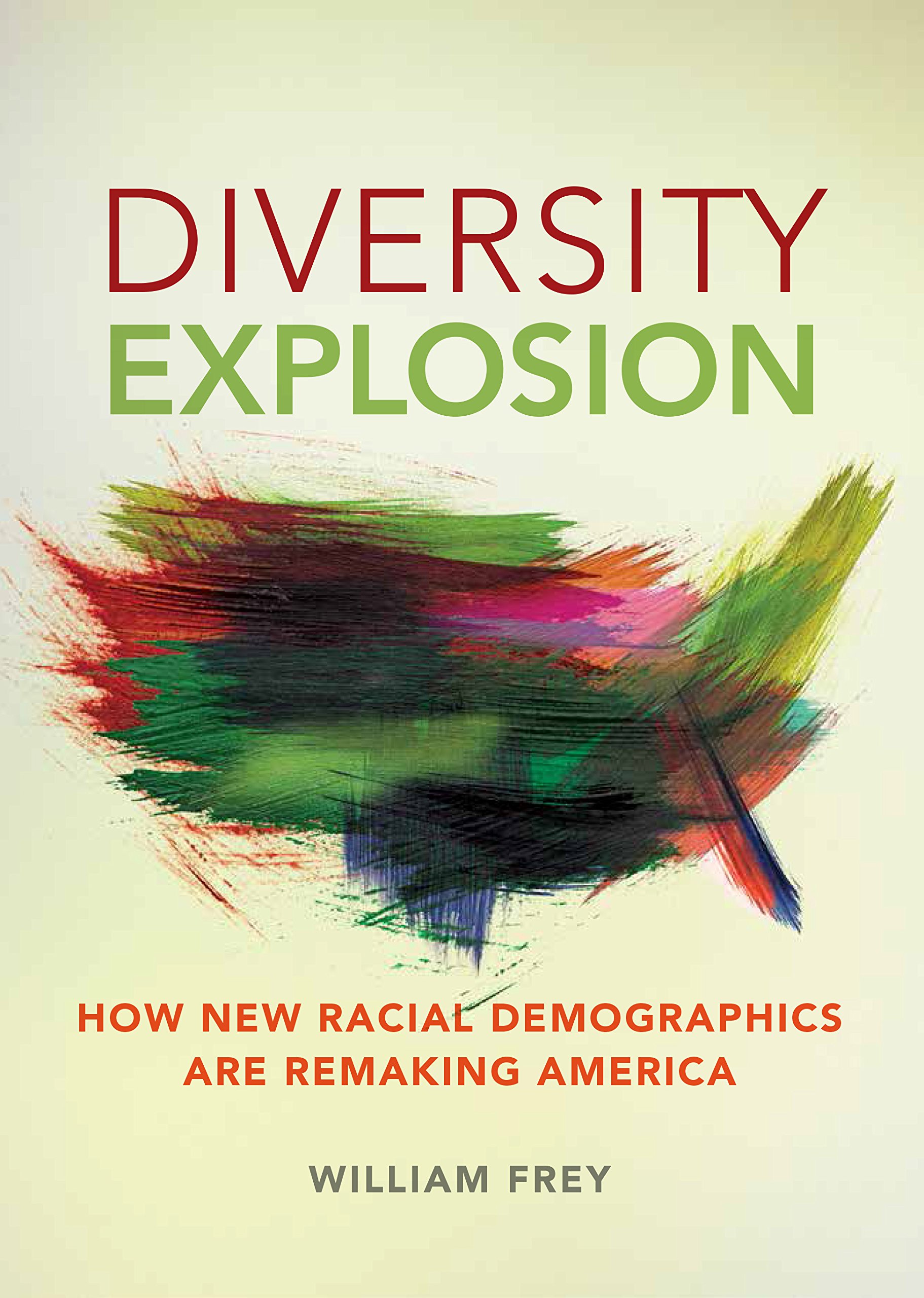The Census Is Still Trying To Find The Best Way To Track Race In AmericaPosted in Articles, Census/Demographics, Latino Studies, Media Archive, Politics/Public Policy, Social Science, United States on 2014-11-30 00:12Z by Steven |
The Census Is Still Trying To Find The Best Way To Track Race In America
FiveThirtyEight
New York, New York
2014-11-26
Ben Casselman, Chief Economics Writer
At FiveThirtyEight, we use census data all the time to track demographic and social trends, from the aging of the U.S. population to the decline in marriage and shifts in immigration patterns. But the census not only reveals societal changes, it responds to them. This week, we’re examining three changes the Census Bureau is considering for its 2020 questionnaire. In the first two installments, we looked at the proposed changes to the way the census counts people of Arab ancestry and same-sex couples. Here, in our final article: The bureau ponders a new way of asking about Hispanic ethnicity.
Nancy López considers herself Latina — more specifically, Dominican. But she knows that when she walks down the street, many strangers see her as something else: a black woman.
“Race is not one-dimensional,” said López, a sociologist at the University of New Mexico and co-director of the school’s Institute for the Study of Race and Social Justice. “It’s multidimensional.”
The census has struggled to capture that complexity for its entire history, from 19th-century battles over how to count free black Americans to more modern efforts to categorize the U.S.’s growing mixed-race population. Now as it prepares for its 2020 population count, the Census Bureau is considering its biggest change in decades: combining its questions about race and ethnicity into a single, all-encompassing question. López could still, as she did in 2010, mark herself as black and Latina. But she could also select just one category – an option many U.S. Hispanics have said better reflects their self-identity.
That may seem like an academic distinction, but there are significant real-world implications, too. The government uses census data to help draw congressional boundaries, protect voting rights and allocate federal grant dollars. Researchers use it to track discrimination and social trends. And advocacy groups use it to secure political influence.
“Census taking,” said Tanya Hernández, a Fordham University law professor who studies discrimination, “is inherently a political act.”…
Read the entire article here.
